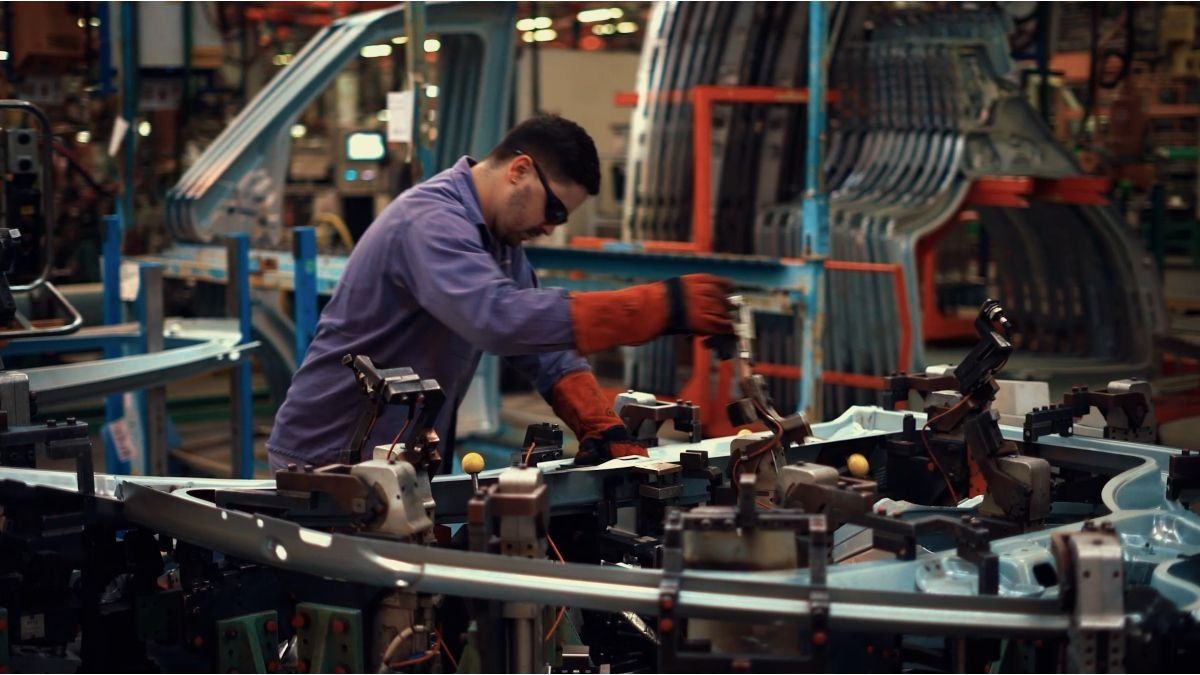There was also a sharp deterioration in sales projections. In supermarkets and wholesalers the forecasts are somewhat more optimistic.
As a result of the growing uncertainty, prior to the legislative elections, The expectations of industrial entrepreneurs for the last quarter of 2025 worsened, both in terms of sales and employment. Among supermarket and wholesale entrepreneurs, the projections are a little more optimistic.
The content you want to access is exclusive to subscribers.
Through its Business Trend Survey, the INDEC reflected this Tuesday that 52.8% of companies in the manufacturing industry said in September they had an order volume “below normal”for which the figure grew for the fifth consecutive month. While 43.9% responded to have a “normal” situation, only 3.3% are “above normal.”


In financial terms, the evolution of the responses was ambiguous; While the number of companies in a normal situation decreased, both the percentage of companies in good condition and those in poor condition increased. Likewise, the outlook for exports improved compared to August.
As in previous surveys, the majority of firms (49.9%) marked low internal demand as the factor that most limits the capacity to increase their production. Behind it was economic uncertainty (10.4%), the component with the highest growth in the month, while the podium was completed by competition from imported products (10.1%).
Going forward, the increase in the percentage of companies that foresee a reduction in internal consumption for the next three months stood out (it went from 23.6% to 29.5%). In that framework, more than 96% of them do not foresee employment growth between October and Decemberwhich represents the lowest figure since there are records.
In supermarkets and wholesalers, companies are more optimistic
The case of supermarkets and wholesale self-service stores was somewhat different, since some improvement was seen in the responses regarding the current sales situation and financial conditions. The vast majority of companies (57.9%) put demand as the factor that most limited their commercial activity in September; This element was the one with the greatest growth in the month in question, while the problem of the cost of financing had a significant loss in terms of relevance.
Although the rate hike slowed somewhat in September, it is worth clarifying that volatility continued to be present. In fact, just a few days ago very short-term yields exceeded 100% in nominal and annual terms.
By the end of the year, companies significantly improved their sales projections. In terms of employment, although the percentage of companies that expect a reduction decreased slightly, the portion that estimates an increase in the payroll of workers did not increase.
Source: Ambito




